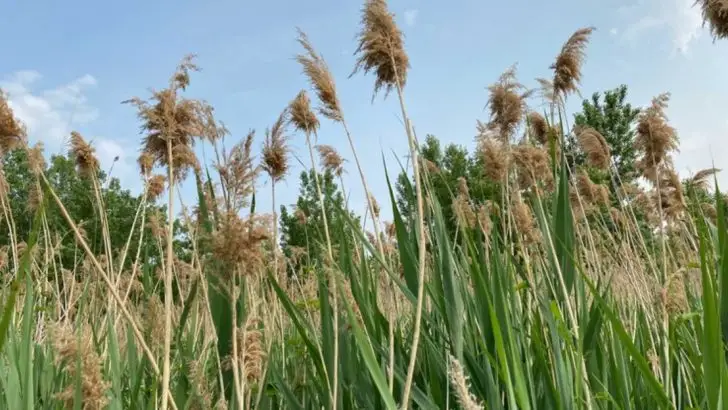Climate change is one of the biggest challenges of our time, but did you know that plants can play a crucial role in the fight against it? By growing the right unconventional plants, you can help absorb carbon dioxide, improve soil health, reduce water consumption, and support biodiversity—all while creating a greener, more sustainable environment.
Many of these plants are resilient, drought-tolerant, and highly efficient at capturing carbon or restoring degraded landscapes. From fast-growing trees and air-purifying plants to deep-rooted perennials and nitrogen-fixing crops, these botanical powerhouses can make a real difference in mitigating the effects of climate change.
In this article, we’ll introduce you to 18 unconventional plants that can help you take an active role in combating climate change, making your garden or landscape not just beautiful, but also eco-friendly and impactful.
Bamboo
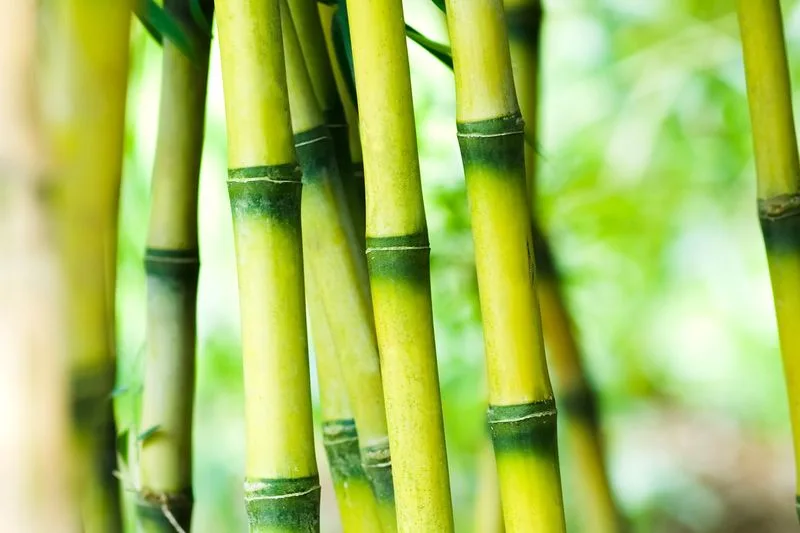
Renowned for its rapid growth and resilience, bamboo is an unsung hero in carbon sequestration. Its ability to absorb carbon dioxide at high rates makes it an efficient choice for combating climate issues. This versatile plant is used in sustainable construction, textile production, and even as a food source. Its deep-root system prevents soil erosion, further enhancing its ecological benefits. Whether lining a garden path or sprawling across a hillside, bamboo provides shade, aesthetic appeal, and a functional environmental role. A true testament to nature’s ingenuity, this grass species offers both beauty and sustainability.
Duckweed

Often dismissed as pond scum, duckweed is actually a powerhouse of carbon absorption. This tiny floating plant doubles its weight every 48 hours, creating an efficient carbon sink. It thrives on nutrient-rich waste, making it a valuable addition to biofiltration systems. Duckweed not only cleans water but also serves as a protein-rich feed for livestock. By covering large water surfaces, it reduces evaporation and maintains aquatic ecosystems. Its rapid growth and high biomass output position it as a sustainable solution for environmental challenges, proving that even the smallest plants can make a big impact.
Switchgrass
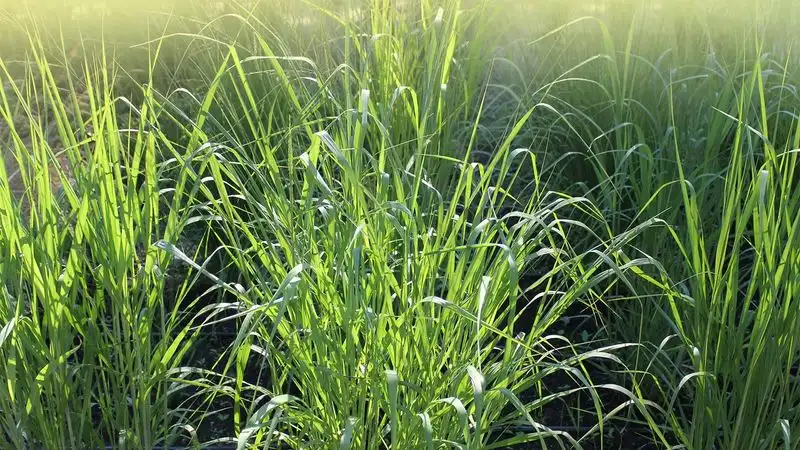
A native North American perennial, switchgrass is celebrated for its adaptability and soil-restoring properties. It’s a promising biofuel source due to its high cellulose content and low input requirements. The plant thrives on marginal lands, making it a perfect candidate for areas unsuitable for food crops. Its extensive root system stores carbon underground, enhancing soil quality and reducing erosion. Switchgrass fields are not only a renewable energy resource but also a habitat for wildlife. This hardy grass offers a sustainable, low-maintenance option for those looking to harness the power of nature.
Seagrass
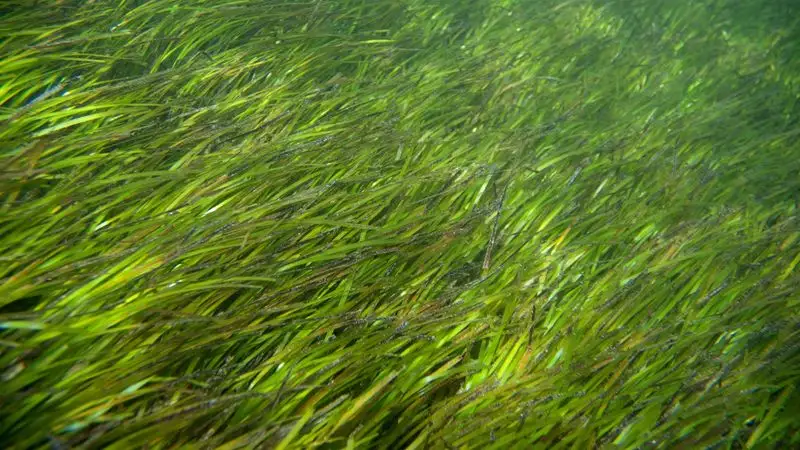
Beneath the ocean’s surface, seagrass meadows play a vital role in carbon storage. These underwater plants capture carbon up to 35 times faster than tropical rainforests. Their ability to improve water quality and provide habitat for marine life highlights their ecological importance. Seagrass roots stabilize the seabed, protecting coastal areas from erosion. While often overshadowed by terrestrial plants, their contribution to carbon sequestration is significant. Supporting marine biodiversity and combating climate change, seagrass meadows are a critical yet often overlooked ecosystem. Embracing their potential can lead to healthier oceans and a more balanced environment.
Cattails
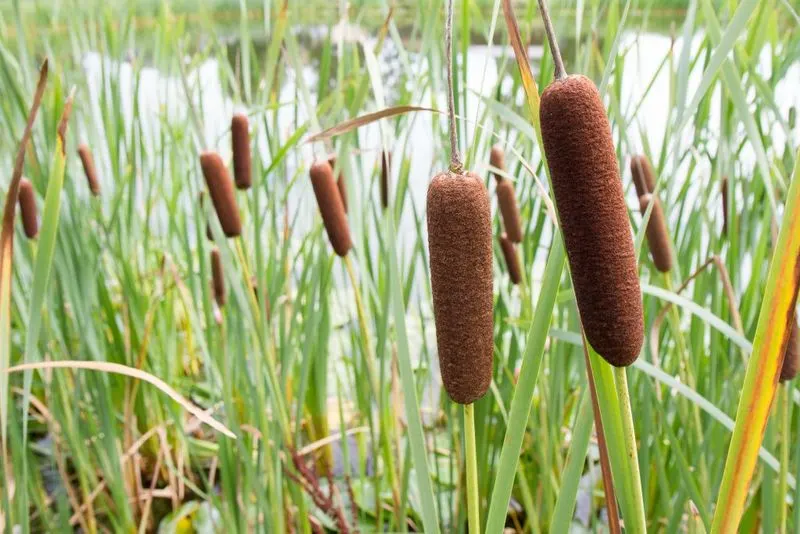
In wetlands and marshes, cattails stand as a natural filtration system. Their ability to absorb pollutants and excess nutrients from water makes them invaluable for ecosystem health. Cattails support biodiversity by providing habitat for various species, including insects and birds. They also offer potential as a renewable resource, with applications in biofuel production and biodegradable materials. The plant’s robust nature and adaptability make it an essential part of wetland restoration projects. By improving water quality and soil stability, cattails contribute to a balanced ecological environment, showcasing nature’s ability to heal itself.
Jatropha
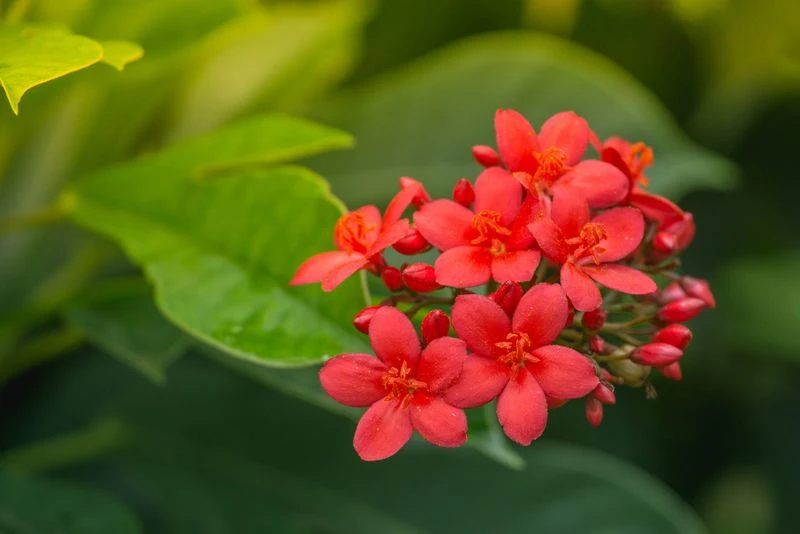
Known for its hardy nature, jatropha thrives in arid environments where little else can grow. Its seeds produce oil suitable for biodiesel, offering a renewable energy source with low carbon emissions. Jatropha’s ability to grow on marginal lands prevents competition with food crops, highlighting its ecological benefits. The plant’s leaves and husks can be used as organic fertilizers, enhancing soil fertility. While not a food source, jatropha’s potential in sustainable energy and land rehabilitation is significant. This resilient plant stands as a symbol of innovation and sustainability in combating climate challenges.
Mangroves

Mangroves, with their unique root systems, thrive in coastal environments where they protect shorelines from erosion. These trees sequester carbon at impressive rates, storing it in both biomass and soil. Their complex root structures provide habitats for marine and terrestrial species alike. Mangroves also filter pollutants, contributing to cleaner water and healthier ecosystems. Their ability to adapt to changing sea levels and extreme weather conditions underscores their resilience. By supporting biodiversity and enhancing coastal protection, mangroves play a critical role in climate mitigation. Embracing mangrove restoration can lead to thriving coastal communities.
Miscanthus
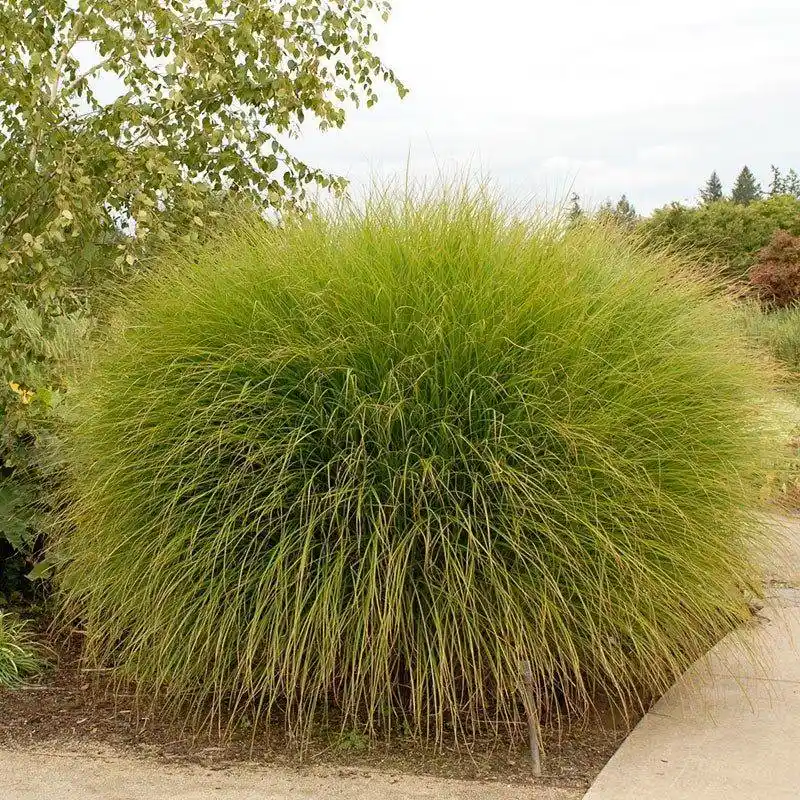
Miscanthus, a tall grass native to Asia, has gained attention for its potential in bioenergy production. It grows quickly and requires minimal input, making it an efficient carbon sink. Miscanthus can be cultivated on degraded lands, restoring soil health without competing with food crops. Its high biomass yield makes it a valuable resource for renewable energy, reducing dependency on fossil fuels. Beyond its energy applications, this grass enhances biodiversity by providing habitat for wildlife. As a sustainable energy crop, miscanthus highlights the possibilities for innovative climate solutions rooted in nature.
Saltbush
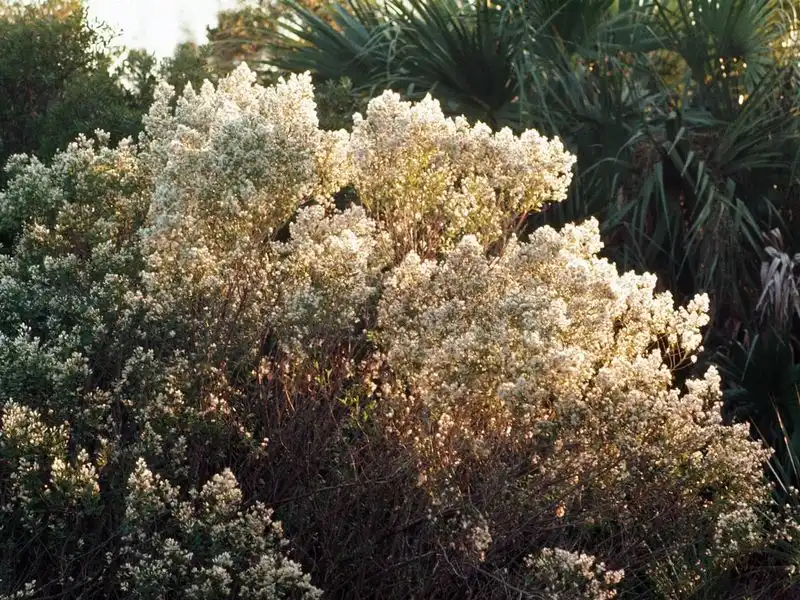
Adapted to saline and arid conditions, saltbush offers a promising solution for land reclamation and carbon sequestration. This hardy shrub improves soil quality by reducing salt levels and preventing erosion. It provides forage for livestock, contributing to sustainable agriculture in challenging environments. The plant’s deep roots enhance soil structure, promoting water retention and reducing desertification. Saltbush thrives where few others can, showcasing nature’s resilience and adaptability. Its role in restoring degraded lands and supporting sustainable farming practices underscores its importance in tackling climate change.
Silphium
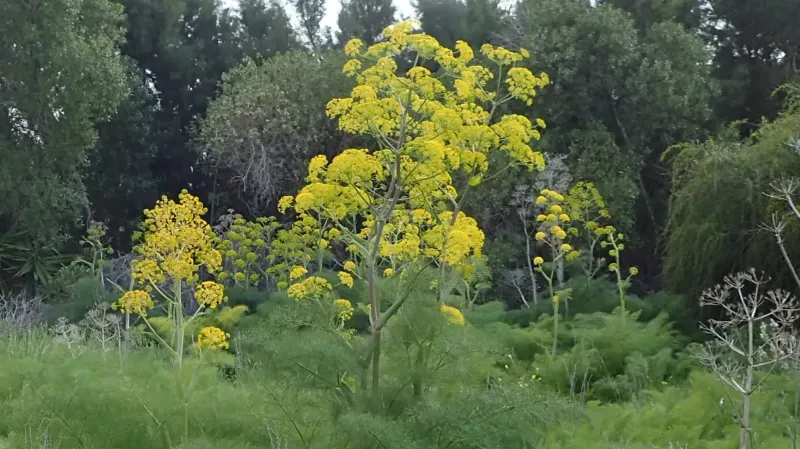
Silphium, a perennial plant native to North America, is gaining recognition for its ecological benefits. Its deep-root system captures carbon and improves soil health, making it a valuable asset in sustainable agriculture. Silphium serves as a biofuel source and supports pollinators with its vibrant flowers. Its ability to thrive in diverse environments reduces the need for intensive agricultural practices, promoting biodiversity. The plant’s resilience to pests and diseases minimizes reliance on chemical inputs. As a multi-functional species, silphium offers a sustainable approach to farming and integrates seamlessly into environmental conservation efforts.
Aloe Vera
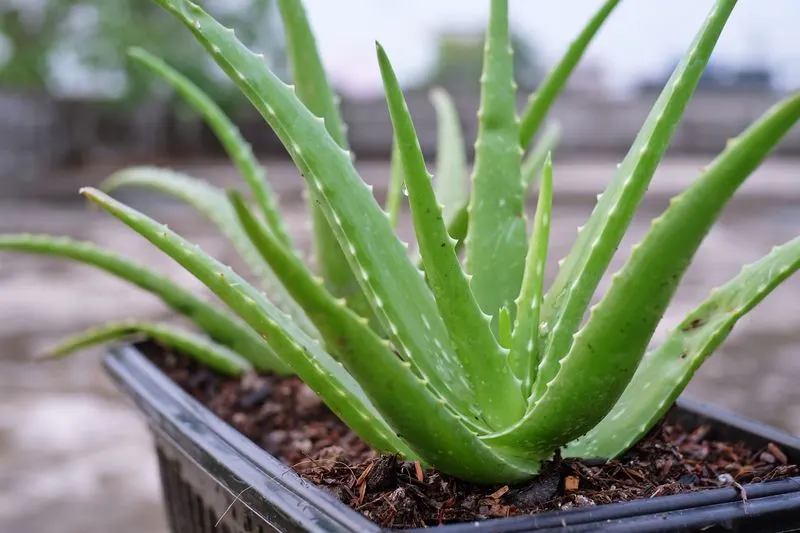
Beyond its medicinal uses, aloe vera contributes to carbon capture through its succulent leaves. This drought-resistant plant thrives in arid conditions, enhancing soil quality and preventing erosion. Aloe vera’s ability to store water makes it a valuable addition to xeriscaping, reducing the need for irrigation. Its gel, commonly used in skincare, is a renewable resource with minimal environmental impact. Aloe vera’s resilience and versatility make it a practical choice for sustainable landscaping. Its role in promoting soil health and conserving water underscores its potential in climate adaptation strategies.
Vetiver
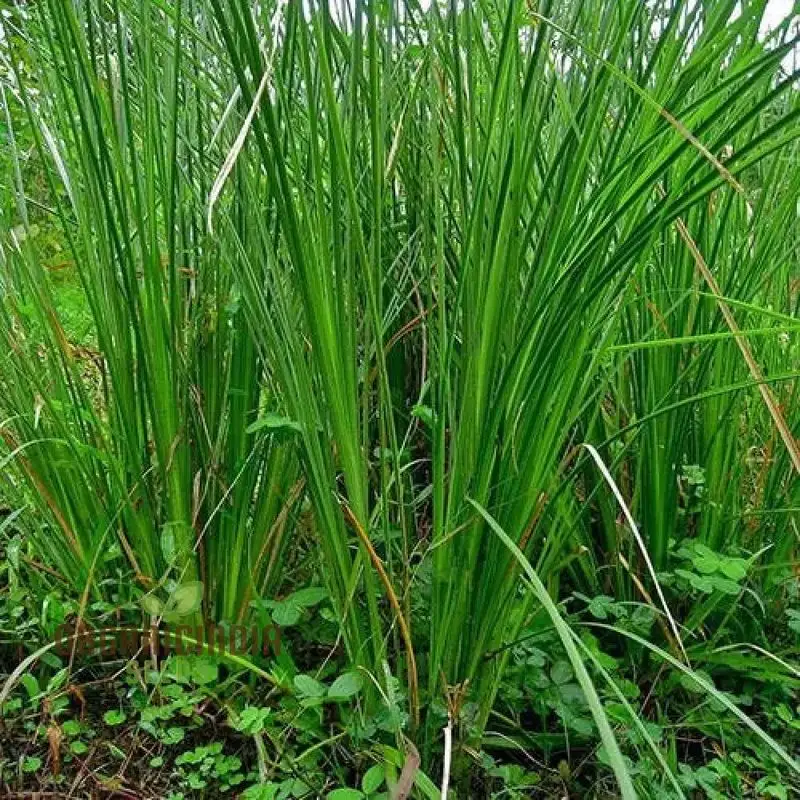
Vetiver is celebrated for its soil-stabilizing properties, with roots that grow vertically up to four meters deep. This grass is used worldwide to prevent erosion and rehabilitate degraded lands. Its tolerance to extreme weather makes it a reliable choice for climate adaptation strategies. Vetiver’s ability to absorb heavy metals and other pollutants highlights its role in phytoremediation. By enhancing soil fertility and supporting biodiversity, it contributes to sustainable land management practices. Vetiver’s multifaceted benefits make it an essential tool in environmental restoration and climate resilience efforts, exemplifying nature’s problem-solving capabilities.
Sea Buckthorn
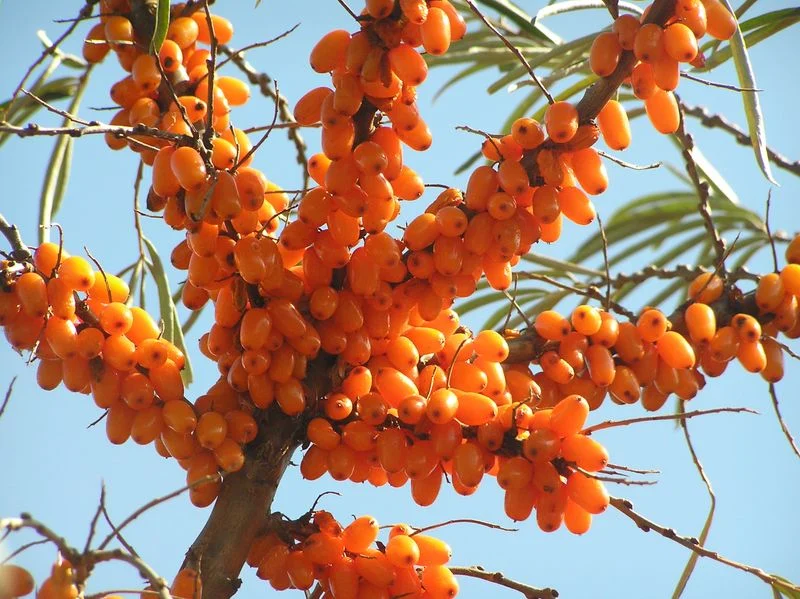
Sea buckthorn, with its vibrant berries, offers a potent mix of ecological and nutritional benefits. This hardy shrub thrives in poor soil and coastal areas, preventing erosion and supporting biodiversity. Its berries are rich in vitamins and antioxidants, used in various health products. Sea buckthorn’s nitrogen-fixing ability improves soil fertility, making it a valuable plant in land reclamation projects. Its resilience to harsh conditions and multifaceted uses underscore its potential in environmental conservation. By supporting wildlife and enhancing soil quality, sea buckthorn plays a vital role in climate change mitigation.
Phragmites
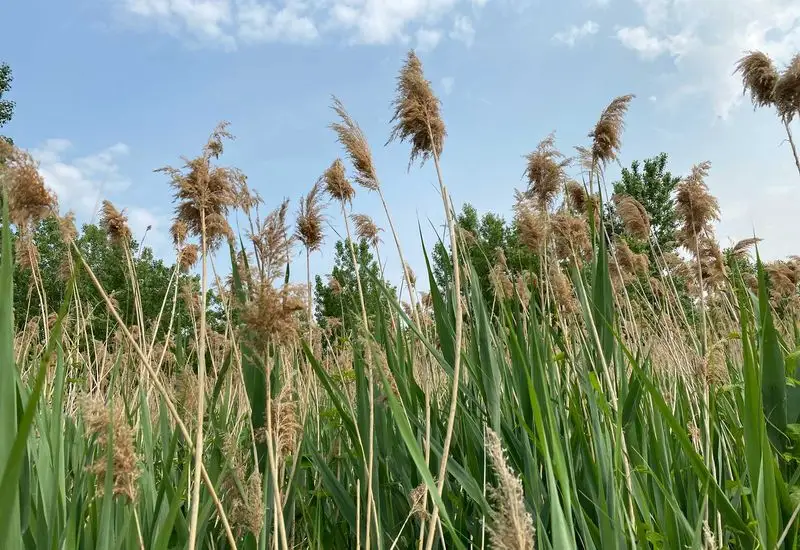
Phragmites, or common reed, is a widespread plant found in wetlands across the globe. Its ability to absorb nutrients and pollutants makes it an effective tool in water purification. Phragmites enhance habitat complexity, supporting diverse wildlife populations. Despite being considered invasive in some regions, its potential in bioenergy and land restoration is noteworthy. By capturing carbon and stabilizing soil, phragmites contribute to ecological balance and resilience. Managing its growth can harness its benefits while mitigating negative impacts. This plant exemplifies the complexity of balancing ecological benefits with environmental management.
Siberian Peashrub
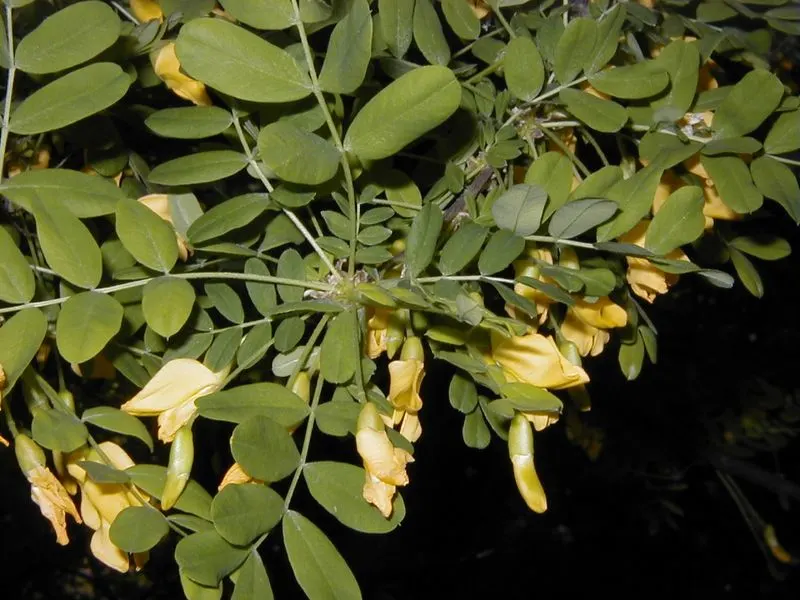
Siberian peashrub is a resilient shrub capable of withstanding cold climates and poor soil conditions. Its nitrogen-fixing roots improve soil fertility, benefiting surrounding plant life. The shrub provides habitat and food for wildlife, supporting biodiversity in challenging environments. Its seeds are a protein-rich food source for both animals and humans, offering potential in sustainable agriculture. The plant’s adaptability and ecological benefits make it a valuable asset in combating climate challenges. By enriching soil and supporting ecosystems, Siberian peashrub demonstrates nature’s ability to thrive under adversity.
Spartina

Spartina, or cordgrass, is a critical component of salt marsh ecosystems. Its ability to stabilize soil and reduce erosion makes it essential for coastal protection. Spartina captures carbon and supports diverse marine life, enhancing biodiversity. Its presence in marshlands is crucial for nutrient cycling and water purification. While it can be invasive outside its native range, spartina’s ecological benefits are significant in controlled environments. By fortifying coastlines and fostering healthy ecosystems, spartina is an ally in the fight against climate change, illustrating the importance of preserving natural habitats.
Kudzu
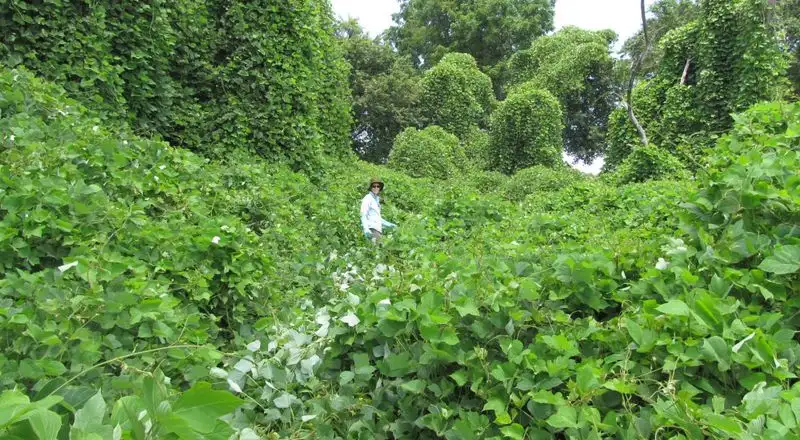
Kudzu, often dubbed the “vine that ate the South,” is notorious for its rapid growth. This vine’s ability to fix nitrogen and improve soil quality is overshadowed by its invasive nature. However, in controlled settings, kudzu offers potential in land reclamation and erosion control. Its biomass can be utilized for biofuel, presenting an alternative energy source. By transforming degraded lands, kudzu showcases the dual nature of invasive species as both a challenge and resource. Proper management can harness its benefits while curbing negative impacts, highlighting the complexity of ecological balance.
Mushroom Mycelium
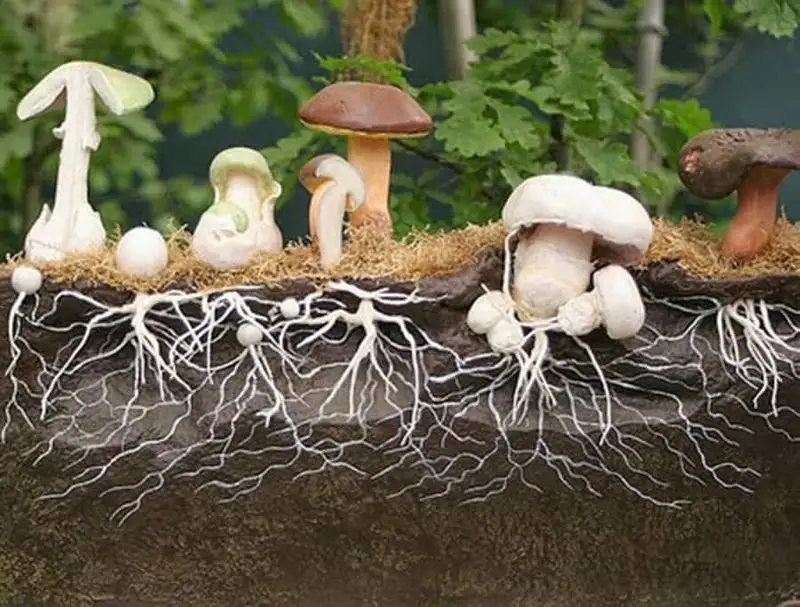
Mushroom mycelium, the underground network of fungi, is a powerful ally in combating climate change. This natural recycler thrives in forests, breaking down organic matter and enriching the soil. By doing so, it enhances the earth’s ability to sequester carbon, acting as a natural carbon sink.
The mycelium network is a crucial part of forest ecosystems, promoting nutrient cycling and supporting plant growth. By fostering healthier forests, it indirectly contributes to reducing atmospheric carbon dioxide levels. Encouraging the growth of mushroom mycelium in reforestation projects can amplify these benefits, serving as a sustainable approach to climate mitigation.

